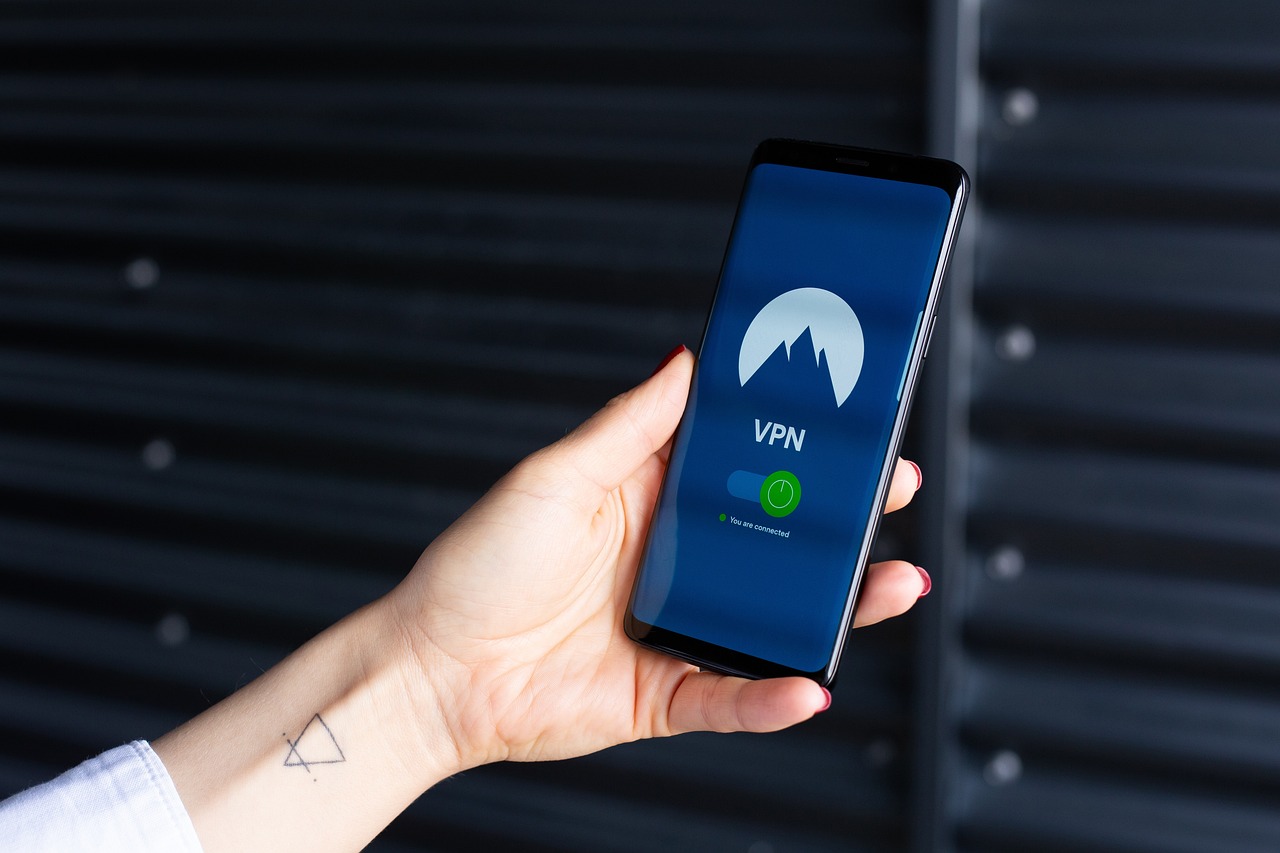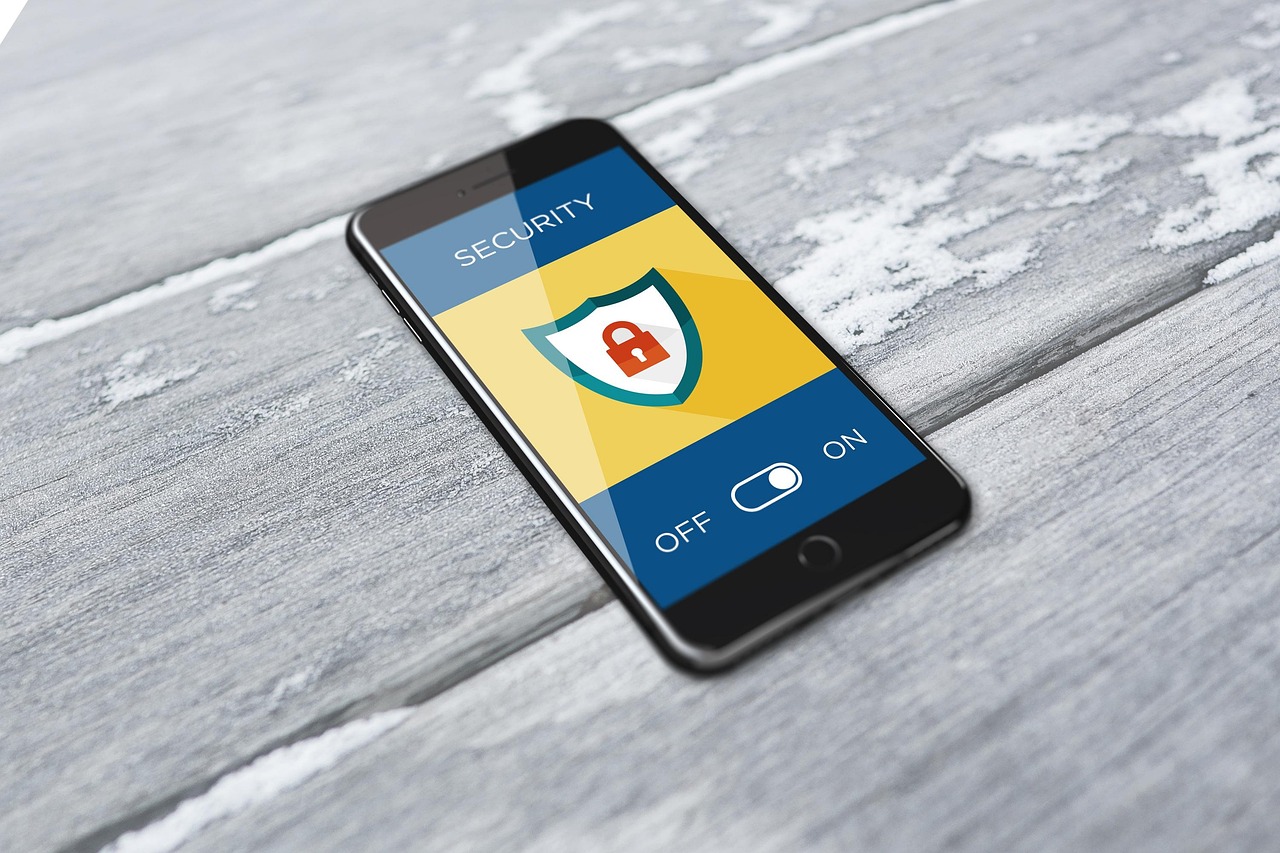
SSL: Beyond The Padlock, Securing Tomorrows Web
Online security is paramount in today's digital landscape. Whether you're running an e-commerce store, a personal blog, or a large corporation's website, ensuring the safety and privacy of your users' data is crucial. One of the foundational technologies for achieving this is SSL – Secure Sockets Layer. But what exactly is SSL, and why is it so important? This post will delve into the world of SSL certificates, exploring their function, benefits, and how to obtain and implement them correctly to secure your website and build trust with your visitors.
What is SSL and How Does It Work?
Understanding the Basics of SSL
SSL (Secure Sockets Layer) is a security protocol that creates an encrypted connection between a web server and a web browser. Think of it as a digital handshake that ensures al...









